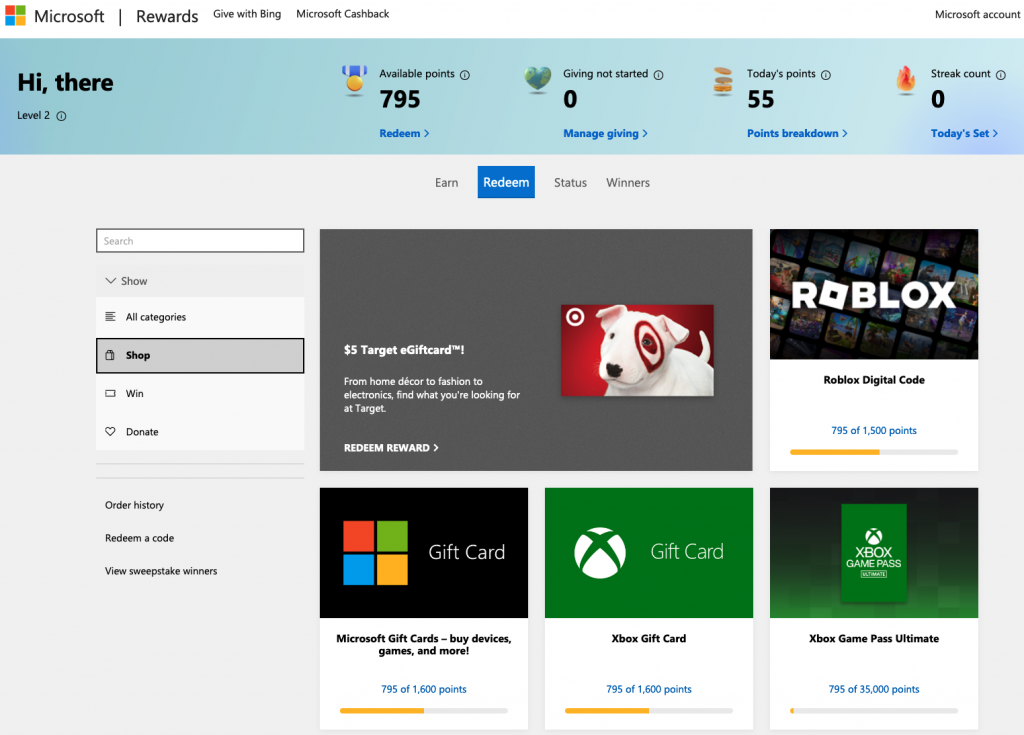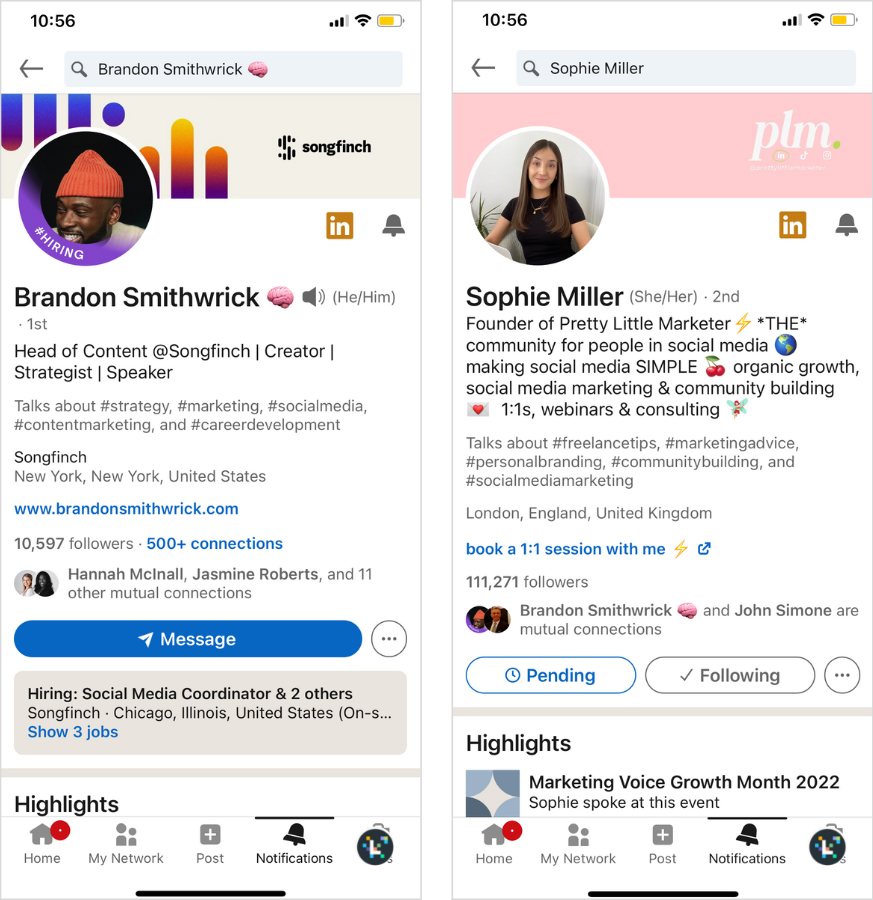Greetings, everybody. We realize we’ve spent the past few weeks hyping up Bing Search. We would’ve bet against ourselves doing that as recently as two months ago. What a time to be alive. Anyway, we definitely have an interesting detail to add about Microsoft’s renewed incursion into online search, but we’ve got some Google Maps stuff today too.
We’re going to plug Nate’s next talk first. Everyone reading this newsletter is welcome to attend our next AMA on Wednesday, March 1 at 2 PM Eastern. Nate is our CTO. He will be going over GeoBooster use cases for a ton of different industries. We’ve spent a great deal of time coming up with ways businesses from airboat tours to vitamin shops can improve their rankings with our new mobile app. Use this link to register if you’d like to attend. You’ll be welcome to ask Nate about anything related to local SEO after his prepared talk ends. We hope to see you there.
Let’s talk about something interesting going on with Google Maps. If you visit Google’s blog these days, one thing you’ll notice is that they’re putting AI in as many article titles as possible. There’s a whole AI section now. It’s obvious that Google is having a hard time coming to grips with the fact that Microsoft beat it to the new-era-in-search punch. That being said, we did read something pretty neat about the way that Google Maps is evolving into a self-updating platform.
Most of you reading this newsletter know how important it is to keep Google Business Profiles current, but plenty of business owners don’t get around to updating Google when something changes. That has been especially true over the past few years. Covid-19 restrictions forced businesses to adjust their hours or close their doors, often at the drop of a hat. People using Google Maps were getting frustrated when they’d arrive at a store and find out that the information they saw online was no good.
The problem got so widespread that Google Maps started working on ways to use AI to determine a store’s actual hours of operation. They’d use location information from the Android phones in people’s purses and pockets to determine when stores were operating (which is the same way they collect the busyness data that can be seen in the image above this paragraph) and factor in aerial photos and satellite imagery to bolster their conclusions. They also use a lot of Street View pictures to look at storefronts and signs to make sure that Google Maps accurately reflects business names, hours, and categories.
The neatest thing that Google Maps has been doing recently is using Duplex to call businesses and confirm certain pieces of information. Duplex isn’t an especially new product. It was released five years ago. Duplex mimics human voices so perfectly that there’s no way anyone would have an inkling that they’re talking to a machine if they weren’t told beforehand. When speaking to people, Duplex even injects “um” or “uh” as fillers the same way people do. Listen to this recording of Duplex booking an appointment at a hair salon to get a feel for what we’re talking about. Crazy, right?
Duplex was originally created to interact with businesses that didn’t have online booking systems. Google Maps now uses it to call up stores and verify the information from their GBP listings. Some of you may have received one of these calls without realizing 1) that it was automated or 2) that it was from Google Maps.
The takeaway here is that it’s important to make sure that the signs associated with any businesses you manage for clients have accurate information that’s visible from the street. Like we mentioned earlier, everyone reading this newsletter is the type of person that stays on top of this kind of thing and makes sure business.google.com has accurate information, but some of you may have clients who aren’t good about informing you of changes they’ve made. For those people in particular, you should hammer home the importance of making sure their storefront information is legible. Now, Google Maps tries to verify its information from Local Guides and regular users, but there will be some instances when signs and storefronts are the only information available. That’s why this advice matters.
We just found out that Bing offers rewards. We’re guessing the system works the same way that credit card cash-back rewards work: your card issuer skims fees from merchants when you make purchases, and some of those fees get given back to you. Bing seems to be giving its users some of the ad revenue they help generate. According to a few articles we read while looking into this, you can expect to earn around $10 per month in Amazon gift cards if you start using Bing instead of Google.
There’s nothing life-changing about $10, but there is something interesting about Microsoft giving its users ad revenue dividends. We’re bringing up Bing rewards because we just found out about them yesterday. The fact that we were in the dark about this leads us to suspect that many of you are too.
We have a pretty interesting newsletter planned for next week that will talk about some of AI-assisted search’s broad ramifications on the way the internet currently works. We would’ve liked to include that stuff this week, but the source material we’re basing it on just came out about an hour ago. We’ll leave you with a few links before we get out of here.
JPMorgan now restricts its staff from using ChatGPT. If any of you are aspiring LinkedIn influencers, here’s a guide that will help you make that happen. Finally, we’ve got a step-by-step content audit from Search Engine Journal that’s probably worth your time.
That’s all for now. Have a great weekend. We’ll see you again in March.


